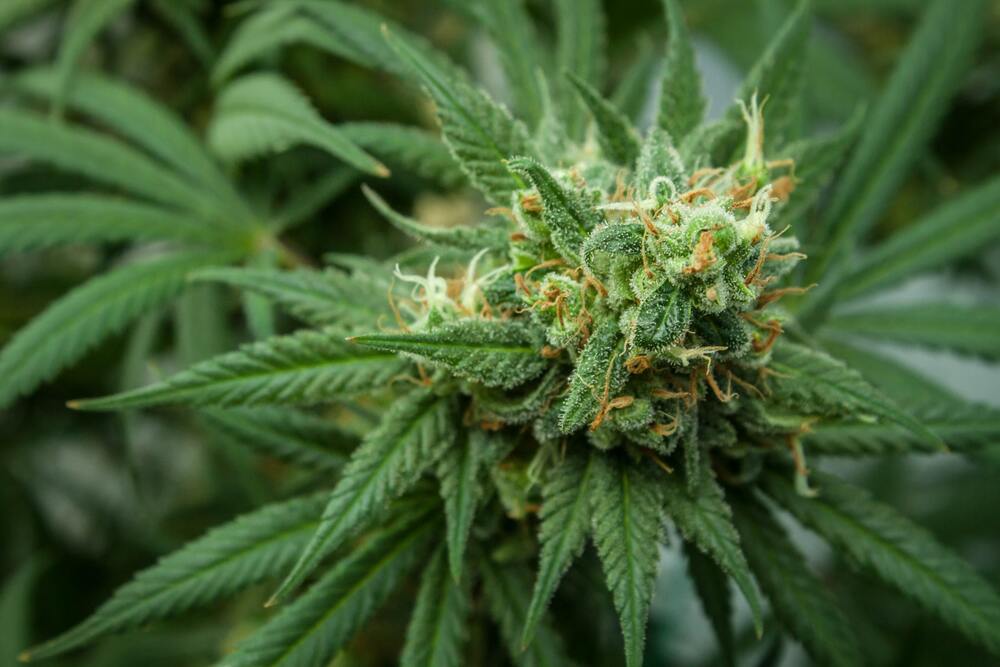
Most Common Mistakes to Avoid When Growing Autoflowers
While autoflowers have a reputation for being one of the easiest cannabis varieties to cultivate, there are always issues that can arise. Especially for new growers and those who have experience growing photoperiod plants but aren’t quite hip to the unique traits of growing autoflowers.
So, if you’re seeking to take your auto weed grow to the next level or just starting off – what are some of the most common mistakes to avoid in growing autoflowers? Keep reading for all the autoflower grow tips you’ll need to succeed.
What are Autoflowers?
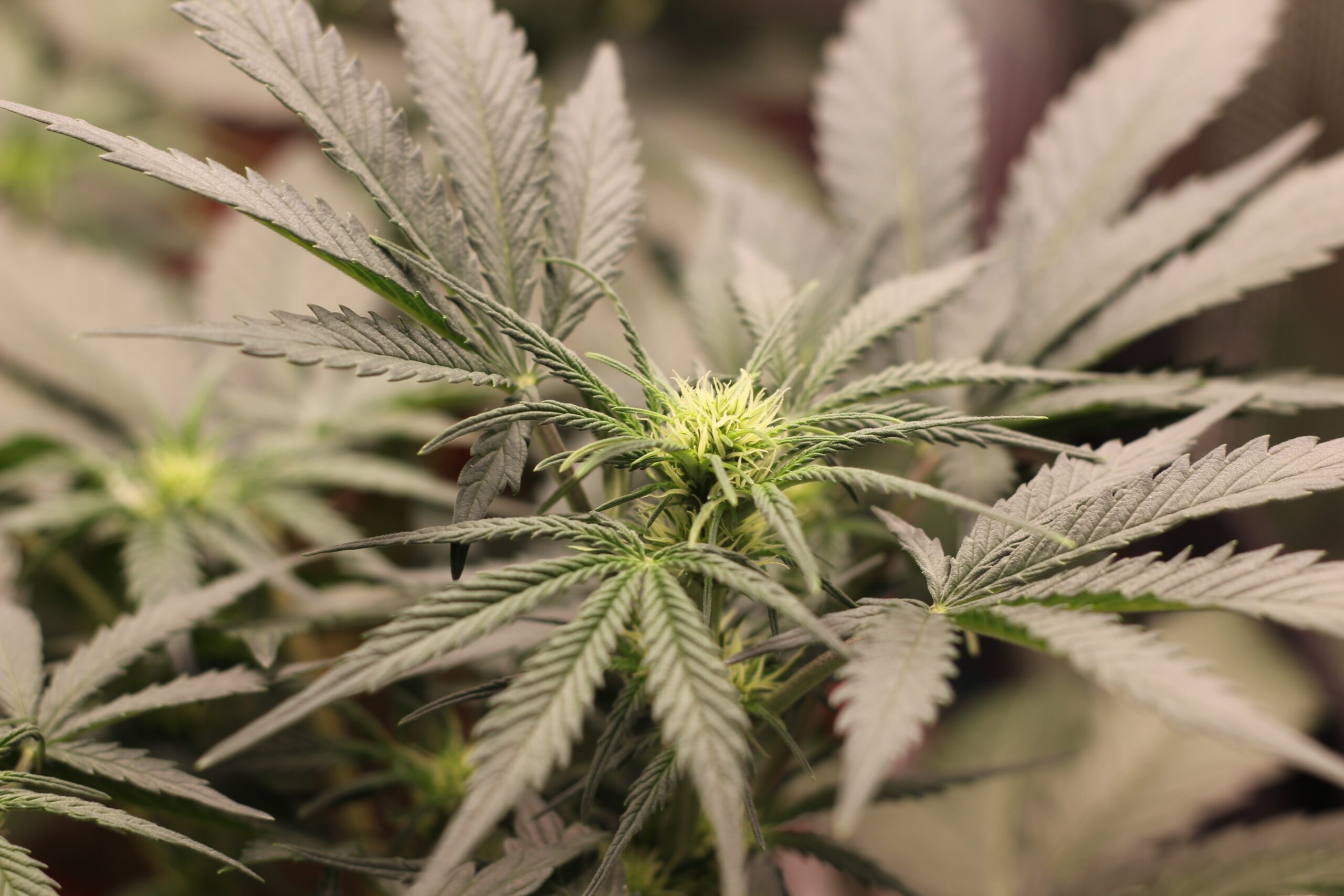
First, let’s refresh ourselves on unique autoflowering traits. Autoflowers are a cannabis variety that has been specifically bred with the ruderalis species. The species once grew wild and does not rely on light cycles like photoperiod plants to begin flowering.
Autoflowering genetics grow on ‘autopilot’ and automatically bloom after just 3-4 weeks. Due to this characteristic, the plants have shorter life cycles. Consequently, shorter life cycles mean the plants are much more prone to stress. Hence, the importance of knowing the mistakes to avoid that may cause unnecessary stress.
As we all know, plant stress will negatively impact end-yields or overall health.
The Top 8 Mistakes to Avoid When Growing Autoflowers
But knowing these basic autoflowering traits is just the beginning. Over the years, growers have made mistakes that autoflowers don’t respond well to. So, to improve plant health and maximize yields, here are the top mistakes to avoid when growing autoflowers start to finish.
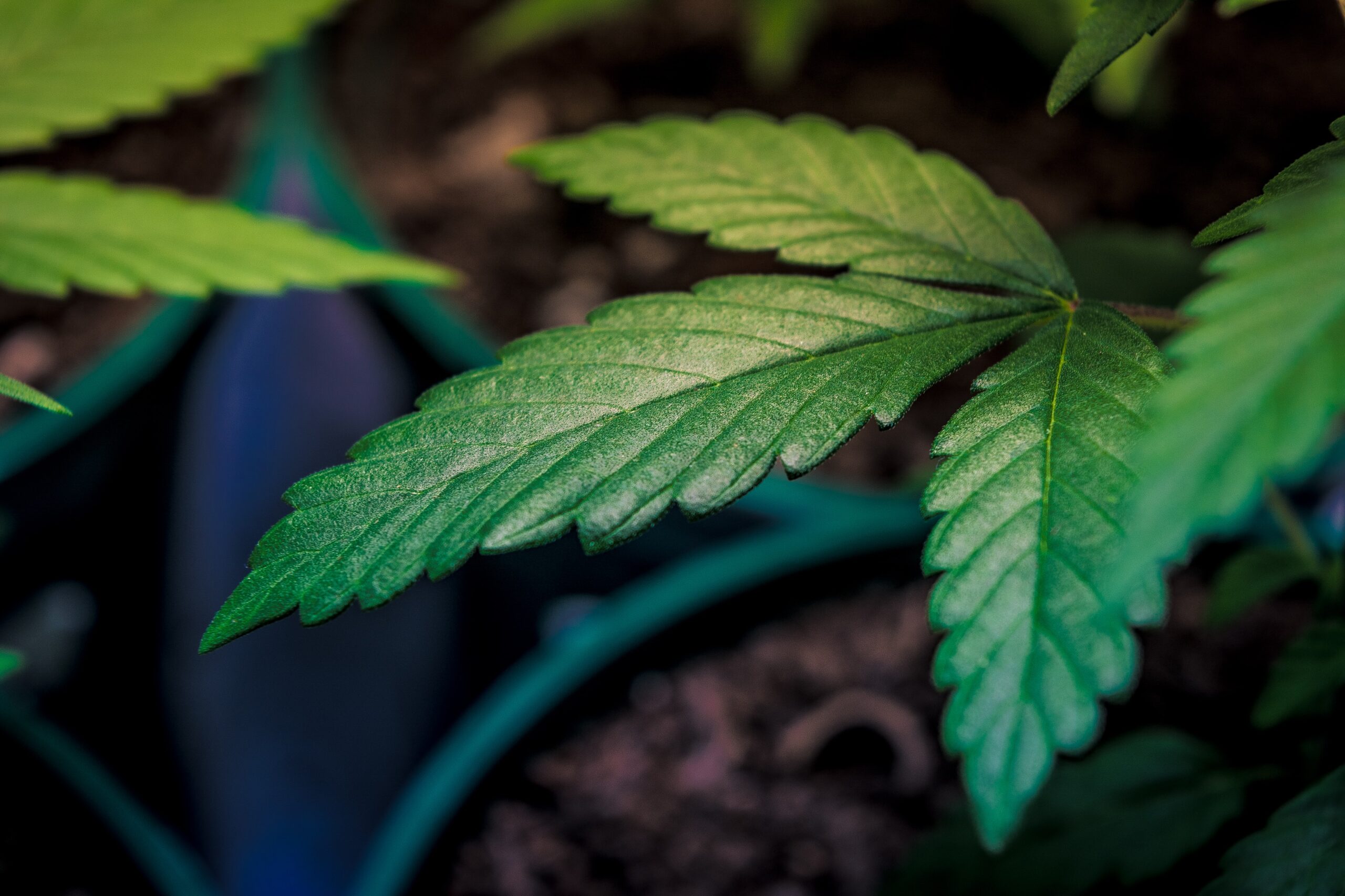
- Choose the right soil – Even though you may think hydroponics is best for maximized growth, for beginners it’s best to stick with soil. The best soil mix for autoflowers should be well-aerated to achieve the highest-quality results. In general, a mix of 80% coco and 20% perlite is ideal for prime aeration. If you know you won’t have much time for feeding, consider using organic soil that’s rich in nutrients instead. With organic soil, you’ll be able to feed less as the plant will uptake nutrients directly from the soil.
- Use good containers – For the best results, you’ll want to use a container with optimal aeration for growing autoflowers. This means you should avoid plastic pots at all cost. Fabric pots or airpots are the best for nurturing optimal growth and maximizing yields in the short life cycle of autoflowering plants.
- Avoid transplanting – Transplanting your plant to a bigger pot can cause unnecessary stress for your auto weed plants. Instead, begin your plants in the final size pot to avoid transplanting altogether, and the stress it can cause.
- Don’t overwater or underwater – This autoflower grow tip is universal for any cannabis variety. As overwatering or underwatering can hurt the overall health of the plant. The key to watering just right is checking the actual moisture levels of the soil versus watering on a regular schedule. To do so, you can do the ‘lift check’ and only water the plants when the pot feels light.
- Avoid overfeeding or underfeeding – Due to their compact nature, auto weed plants don’t require as many nutrients as photoperiod plants. In fact, autoflowering plants actually benefit from light nutrients that are given at just the right time. Just like photoperiod plants, the essential nutrients for auto weed plants are NPK (Nitrogen, Potassium, Phosphorus). During the early ‘veg’ stages of autoflowering plants, you’ll want to feed with more nitrogen. In the pre-flowering phase, it’s key to increase phosphorus. Lastly, in bloom an increase in potassium is most beneficial. It’s also important to note that due to their sensitive nature, autoflowering plants respond better to organic fertilizers or blends vs those that are chemically derived.
- Always monitor pH levels – pH levels are just as important to growing autoflowers as it is for photoperiod plants. That’s because the proper pH levels support the optimal uptake of nutrients by the plants. Without dialing in pH to proper levels, you could be underfeeding your plant without even knowing. To avoid nutrient deficiencies, you’ll want to be sure your water is at a pH level of 6.0 – 8.0. This range represents the optimal absorption levels for NPK.
- Avoid pruning and stress – With auto weeds plants’ short life cycle, pruning can cause more stress than benefits. In fact, pruning can cause autoflowering plants to slow down in growth. Because growth stunts cause smaller yields overall, you’ll want to avoid any technique that causes unnecessary stress to the plant.
- Time harvesting properly – Last but not least, avoid harvesting your auto weed plants too early or too late. By doing so you can lose out on potency from the loss of cannabinoids, and terpenes. Which will significantly affect the quality of the yield. Instead of harvesting at the time indicated by the strain or breeder, check the plant’s trichomes. When 50-70% of the plant’s trichomes are amber in color, your plant is ready to harvest.
The Final Word
All in all, growing autoflower plants is more simple than photoperiod plant. But auto weed grows are susceptible to common growing mistakes. With these autoflower grow tips you now know which mistakes to avoid and how to improve your auto weed plants overall.
Of course, starting with the highest quality genetics with proven and trusted results, always helps. So, shop the full collection of premium autoflowering seeds at Auto Seeds now.
One Reply to “Most Common Mistakes to Avoid When Growing Autoflowers”
Leave a Reply
You must be logged in to post a comment.

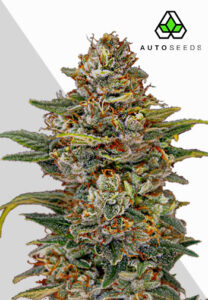
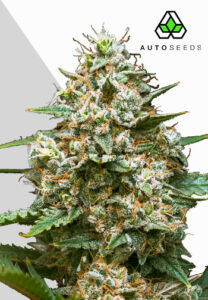
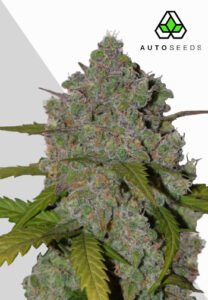
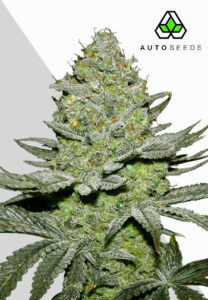
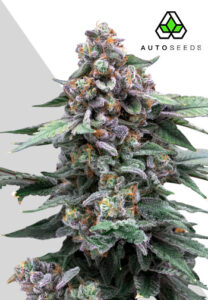
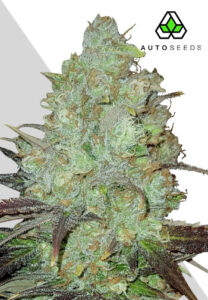
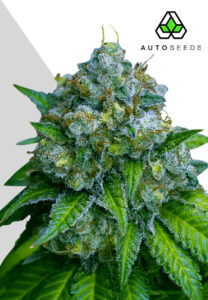
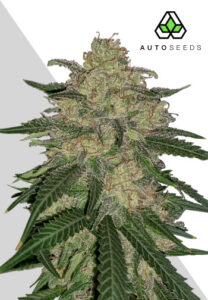
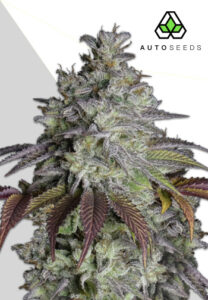
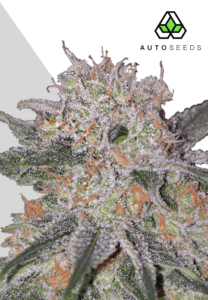
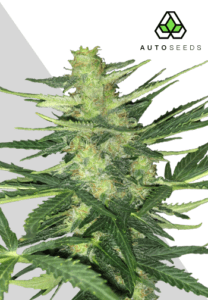
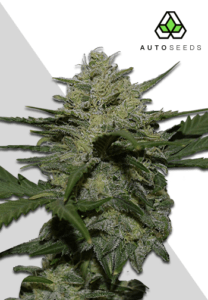
I crossed photo and auto and got 30% auto and there like 6 feet